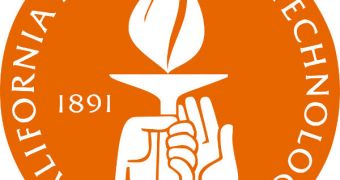Scientists at the California Institute of Technology (Caltech) announce that they were just awarded $10 million in grant money, for the launch of a terrestrial hazard center.
The main goal of the new facility will be to research and develop innovative new ways of reducing the risk and consequences associate with a wide array of natural disasters.
The Terrestrial Hazard Observation and Reporting Center (THOR) was funded with a $6.7 million grant from the Irvine, California-based Foster and Coco Stanback, and a $3.35 million donation secured via the Gordon and Betty Moore matching program.
“From the current flooding in Pakistan, to the recent earthquake in Haiti, to the constant threat of wildfires in our own backyard, we are consistently reminded of the devastating impact natural hazards can have on society,” Caltech president Jean-Lou Chameau explains.
“Now, with the generous support of Foster and Coco Stanback, Caltech scientists and engineers will be able to study these critical issues in a unique interdisciplinary environment,” he goes on to say.
“THOR will help communities around the world determine how to best prepare for, anticipate, and respond to various natural hazards, hopefully saving lives in the process,” the official argues.
Reducing the risks and costs associated with natural hazards is a very complex issue, but THOR experts will somehow have to pull their resources together under a single program to accomplish that.
Some of the events considered as natural disasters that fall under THOR “jurisdiction” include global climate change, earthquakes, tsunamis, landslides, wildfires, and extreme weather events such as droughts and floods.
“The interdisciplinary and interactive nature of engineering at Caltech allows us to translate scientific knowledge and discovery into applications with direct societal impact,” explains expert Ares Rosakis.
“One of the areas of pioneering research and innovation made possible by THOR is seismo-engineering,” adds the expert, who is a Caltech professor of mechanical engineering, and also the von Kármán Professor of Aeronautics at the Institute.
“The boundaries of seismo-engineering are fuzzy ones and lie exactly in the interface between seismology and earthquake engineering. We are delighted to have the opportunity to explore these boundaries,” concludes Rosakis, who is also the chair of the division of Engineering and Applied Science at Caltech.
“The THOR center will provide a unique platform for collaboration among scientists, students, and policymakers, empowering them with the extensive resources of Caltech and the Jet Propulsion Laboratory,” THOR donor Foster Stanback adds.

 14 DAY TRIAL //
14 DAY TRIAL //